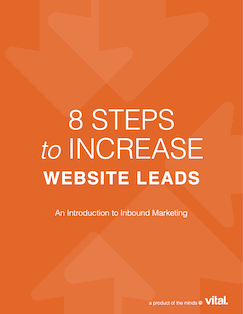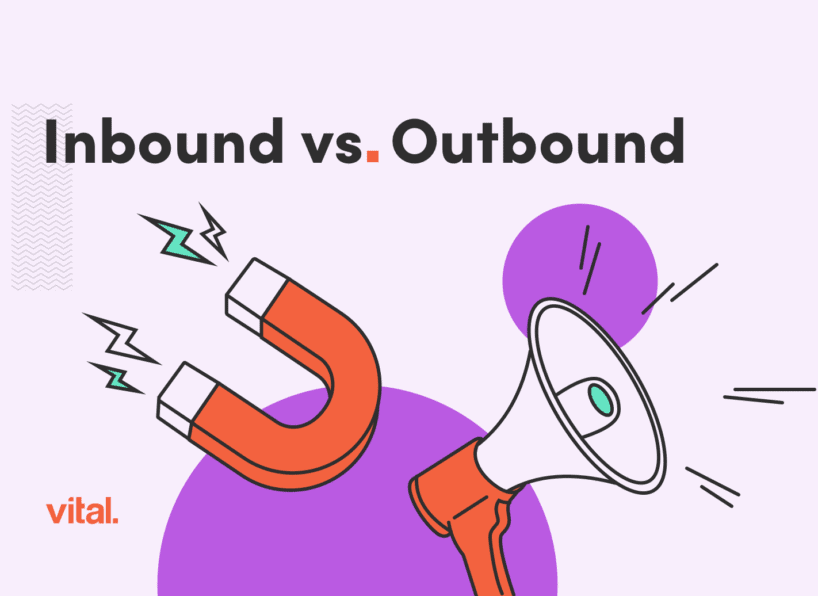You decided you needed a new website. You found a web company that built you a site that makes you look awesome. You set up hosting, launched the site, told all your clients and social media followers about it, put it on all your print advertising, signage and anything else that would fit a URL. You invested in search engine optimization services from a company that promised to put you at the top of search results. Then, you sat back and waited for the leads to roll in.
And….crickets.
Turns out that although that new site looks nice, it doesn’t do squat when it comes to converting site visitors into cold hard cash.
Meet your website visitor.
Imagine a two year old cranked up on Red Bull. He can’t focus, he has the attention span of a goldfish and unless you’re really smart about it, you won’t be able to get him to do anything. That’s someone browsing the Internet.
People visiting your site are only going to do what you show them to do–that’s the basis of user experience design. If your site makes it hard to tell where a visitor should click next, the visitor is going to get bored and annoyed–and then leave. The attention span of a person searching the Internet is extremely short: if site visitors can’t figure out how to get what they’re looking for within moments of landing on your site, they’re likely to move on to the next site in the Google results.
Five possible reasons your site isn’t converting leads
1. It’s slow
A recent study showed that a one second delay in load time reduces pageviews by 11 percent. Web pages will load faster if you can streamline the content (especially images) and clean up unnecessary code. Your web developer can also work on combining scripts and writing the code in CSS rather than a table to speed up the load time.
2. Your sales funnel is non-existent
Why do you have a website? Really, think about it. Do you have a website because it’s 2012 and you know you need one, or is your website part of a comprehensive marketing strategy designed to drive leads to your sales team? Do you want site vistors to fill out a form? Buy something? Call you? If you don’t know the answer, you can’t start working on a UX strategy that drives visitors towards your goal.
3. Your content is a mess
So, you’ve got #2 covered. You know that you want site visitors to fill out a contact form (for example). But you also want them to subscribe to your email newsletter and read your blog and listen to your podcast and watch your video and look at photos from your company picnic and download an ebook and, and, and….
Take a deep breath.
Your site visitors are equally susceptible to overstimulation as they are to boredom or confusion. You cannot put seven calls to action on your homepage, plus heap the page with excess content and pictures and other elements. Choose one call to action. Maybe two. Then stop. Your website is a machine for selling, so your primary focus should be driving people towards converting into sales or sales leads.
4. People are confused
You also have to make it extremely obvious what you want people to do when they land on your site. If the main thing you want people to do when they land on your site is request a free quote, the “Request a Free Quote Now” call to action should be bigger and brighter than other content on the page.
There’s plenty of interesting (and weird) data about what people click on and what they don’t–and what works for someone else might not work for you. Ask your web developer about A/B testing, which can compare two options (for example “red button vs. blue button”) side by side and see which converts more leads.
5. There’s too many exit points
Have you ever been to one of those super-sized furniture stores, like Jordan’s or IKEA? They work in one direction: the showrooms are arranged in a massive circular pattern that takes you all the way through the store before you can exit. You can’t leave until they’ve exhausted every possible option that you might want to buy a couch. The same idea works with your website: you don’t want to let people leave until they’ve converted into leads.
Of course, a website is a little different from a physical store. There’s always an exit–it’s the little X at the top of the browser window. But once you get someone into your sales funnel, you want to make it tough for them to leave until they’ve filled out your form. Your web developer should remove the top navigation on pages with contact forms on them–you don’t want to distract people with other options. Don’t tempt site visitors with the option of your other pages while they’re on the conversion page.
Need more? The Vital web team can help you develop a user experience strategy that will guarantee that your website works as hard as you do. Talk to us today.





